Of that, FOHR will pay $425,000 and the City will pay $350,000. Closing on the sale will take place by the end of June. The Preservation Alliance of West Virginia included Happy Retreat on its Endangered Property List in 2010.
FOHR plans to restore the house to be used as center for culture and history. It will showcase the role George Washington and the Washington family played in the early settlement of what is now Jefferson County. The City will include the 10 acre portion it is buying in a planned linear park along Evitts Run, which flows through the west end of Charles Town. Walking trails will connect the two properties, and will include access to the gravesites of Charles Washington and his wife Mildred. FOHR launched its fundraising campaign at the end of January. For further information, please visit http://www.happyretreat.org. By Alex, PAWV VISTA Construction is underway at the former Staats Hospital in Charleston’s West Side. Developer Tighe Bullock has big plans for the historic building. The former hospital has been vacant for at least ten years and is now getting a makeover. By summer of 2015, a few retail stores and even a restaurant could be moving into the Washington Street West building. Bullock repaired the roof to get it through the winter and is now working on building the store fronts. With the renovation of this “entrance gate” of West Side, Bullock hopes that the rest of the area will eventually follow suit.
By Lynn Stasick
The Neoclassical Abruzzino Mansion in Shinnston, Harrison County was constructed in 1921 for Frank and Francesca Abruzzino. The twenty-eight room structure complete with a third floor ballroom was home to the Abruzzino family until its conversion to apartments in the early 1970s. A fire in a second and third floor wing of the home in 2010 damaged a portion of the Spanish tile roof and a substantial amount of structural members rendering the home uninhabitable. However, since the building’s 2013 inclusion in Preservation Alliance of West Virginia’s Endangered Properties List, the site has seen many improvements. Structural elements damaged by the fire have been repaired, and the burned out section of roof replaced. Due to excessive amounts of mold growth, the entire forty by eighty foot basement apartment area has been gutted to the masonry walls and all offending materials taken off site. The large front porch and portico have been wrapped with a rubber membrane to prevent water intrusion into the basement area. Vents have been installed throughout the building and the entire home has been mothballed and secured. The owner’s intent is to find a new owner interested in renovating the site and utilizing it for the benefit of the community. Do you have an idea for re-using this building? Are you interested in learning more about the property? Contact PAWV at [email protected] for more information. By Lynn Stasick
Hello, everyone. Well, another year has turned the corner, and so the circles go. PAWV has been very busy since we last spoke, having conducted three days of training in October at Jackson’s Mill with sixteen incoming 2015 Preserve WV AmeriCorps members. We partnered with the Appalachian Forest Heritage Area AmerCorps program in offering many educational sessions to a great group. If you recall, Rodney Bohner was PAWV’s 2014 AmeriCorps member. He is now working on double master’s degrees at the University of Oregon where he is doing very well. Nicole Marrocco who hails from Boston, Massachusetts is our new 2015 AmeriCorps member. Our VISTA, Alexandra Coffman is a native of Grafton, West Virginia. It is a joy to have both of them with us. I mentioned in the last newsletter that our Executive Director, Danielle LaPresta, and I were travelling through the New River Region this past summer offering presentations on various subjects requested by community members. We also visited a number of coalfield communities including Sophia and Helen, accompanied by the project sponsors and community members. It was a wonderful learning experience. In addition, we met some very kind, preservation-minded people. I would like to offer a tip of the hat to David Rotenizer (Raleigh County Extension Agent for WV State University and PAWV board member) for organizing the project on behalf of the New River Gorge Regional Development Authority. I have continued traveling, conducting site assessments and window workshops including one at Belmont Technical College in Belmont, Ohio. This workshop explained the construction of steam devices for use in window restoration. There is also growing demand for building assessments from property stewards whose sites are not included in PAWV’s Endangered List, which is a very good thing on several levels. Good news for the Larry Sypolt collection. We found a home for the WWII airplane identifiers. There are one-hundred-sixteen of them. In March Preservation Alliance board members transported the materials to the United States Navy Museum and Library in Washington D.C. The library was excited to receive the collection since they presently do not have a set. PAWV in action! Well, until next time, stay well, stay busy, stay excited. – Lynn ADVOCACY ALERT: PAWV RELEASES DEVELOPMENT GRANT REPORT, ASKS LEGISLATURE FOR RESTORED BUDGET2/25/2015
A PDF of the Development Grant Report is downloadable and can be shared with your legislators and friends. The Preservation Alliance of West Virginia recently released a study that found state-appropriated Historic Preservation Development Grants revitalize West Virginia’s downtowns and encourage small business growth and sustainability across the state. The Historic Preservation Development Grant drives economic development by providing property owners with a grant award to rehabilitate historic properties. In 2014, the alliance researched the economic impact of grants and found that the Historic Preservation Development Grant generated almost $1 million in private investment in construction projects. Unfortunately, the grant has been decreased by 52% in the last three years and is no longer able to support as many or as large-scale projects, causing delays to ongoing renovations. Based on the alliance’s findings, the group is requesting the WV Legislature restore the grant budget to $563,570, the level at which it was funded in FY2013. West Virginians are reusing historic assets at an increasing rate, revitalizing downtowns, and repurposing historic buildings — and the Historic Preservation Development Grant is a vital tool in the rehabilitation process. These historic assets are recognized through the National Register of Historic Places – the official list of the nation’s historic places worthy of preservation. One of the benefits of this honorary designation is access to special grant funding and tax credits targeted at preserving and reusing historic resources. At the state government level, property owners – both private and public – can access the Historic Preservation Development Grant, which can be used for roof repair or replacement, window and door rehab, electrical updating, and more. “It is clear that the grant is good for the people and the economy of West Virginia, but until now, there has been little data to prove this assertion,” stated Danielle LaPresta, Executive Director for the Preservation Alliance. In addition to generating private investment, projects utilizing this grant are also more likely to be grassroots driven, involving volunteers and owners that are living and working in West Virginia. “The grant funds are most frequently spent in communities where other tourism and economic development activities are occurring like the West Virginia Main Street program. Improvements made possible through this funding are visible at many of West Virginia’s most iconic historical resources and downtown tourist destinations, including the Staats Building in Charleston’s West Side and Carnegie Hall in downtown Lewisburg,” LaPresta noted. This research is released just as the WV Legislature is beginning to review the FY2016 budget. LaPresta and the alliance hope that this research will encourage legislators to restore the Historic Preservation Development Grant budget to $563,570. The alliance is encouraging West Virginians to contact their legislators and show their support for this grant program. For more information, call 304-345-6005 or email [email protected].
FY 2012 (Main Street/OnTRAC Community*)
FY 2013 (Main Street/OnTRAC Community*)
FY2014 (Main Street/OnTRAC Community*)
FY 2015 (Main Street/OnTRAC Community*)
The EDAs in Doddridge, Ritchie, Gilmer, and Tyler Counties formed a task force and heritage area organization –North Western Heritage By-Way – to promote economic development through historic preservation and heritage tourism. A heritage area is not a national park. Heritage areas in West Virginia are frequently administered by a non-profit organization or other private corporation, but can also be managed by state government. Heritage areas are intended to encourage historic preservation of the area and an appreciation of the history and heritage of the area, including food, music, and art. The mission of North Western Heritage By-Way is to measurably improve the economy within Doddridge, Ritchie, Tyler, and Gilmer counties by developing and promoting heritage tourism, sharing our culture, and preserving historic sites and distinctive natural areas.
Like any successful historic preservation project, this partnership requires diversified funds to jumpstart the planning process. A Flex-E-Grant through the West Virginia Development Office was awarded to the Doddridge County EDA to provide financial support to implement a planning process for the development of cultural-heritage tourism. Matching funds were provided by each county to support the Flex-E-Grant. WVU Extension Service’s Rural Tourism Specialist, Doug Arbogast, with the assistance of a WVU community-based tourism planning team was contracted to facilitate a community-based tourism planning process. The project received additional support of a Preserve WV AmeriCorps member in September 2014 to assist with project activities. Matching funds were provided by each county to support the AmeriCorps member. Preserve WV AmeriCorps is a program of the Preservation Alliance of WV via grant funds from Volunteer WV and the Corporation for National and Community Service. Through the planning process, the task force and planning team identified action strategies including creating thematic itineraries/packages, developing marketing materials, engaging additional community members and external organizations, hospitality training, and site and business development. Since a comprehensive list of tourism assets in the four counties did not exist, a tourism asset inventory of the four-county region was needed in order to identify current strengths and weaknesses, gaps, and potential packages and itineraries. The WVU Extension Service created an online form so that members of the task force could submit information about individual tourism assets in the region that would be categorized and compiled into a database. The form allowed task force members to identify assets that are visitor ready and also those that are not yet visitor ready but have potential to be an attraction. Jaco Cave in Doddridge County, North Bend Rail Trail and Tunnel in Ritchie County, the Sistersville Ferry in Tyler County – these are only a handful of heritage sites identified in the area. Want to learn more about these places and visit? For more information, contact Herk Conner (Doddridge County EDA) at [email protected]. Over the last four years, the budget for West Virginia’s state historic preservation grant – the Development Grant – has been downsized by 52%. This decrease has hit the preservation community hard by limiting the only source of government funding to be used toward “bricks and mortar” preservation projects.
Last year, PAWV created an advocacy campaign to take to Charleston. We started by researching the economic impact of the historic preservation grant in West Virginia from the years 2011-2015. Through surveys, questionnaires, and research we have composed a document to be distributed to our state legislators during this legislative session. This report demonstrates the economic and social value of Historic Preservation Grants in West Virginia. PAWV found that the grant program generates public and private investments from West Virginians, and it encourages small-business and community-based partnerships. Over the past four years the funding for the Development Grant has been downsized by 52%. In two years, West Virginia lost as least $267,000 in private investment. We are taking these facts to Charleston and asking our legislators to restore the historic preservation grants to $563,750 – FY2013 levels. You can help us send the message that these grants are a valuable economic stimulus in downtowns. Contact your legislators and tell them how important these grants are to West Virginia and to you. For a copy of the report, contact [email protected] or call PAWV at 304-345-6005.
Alex McLaughlin, Chair of the Friends of the Blue Committee, said, “We are excited to use this high tech mechanism to raise money for this wonderful old treasure.”
Kickstarter is a crowdfunding mechanism which uses the reach of the internet to give donors a safe way to back a project. It is an all-or-nothing approach where the project receives no funds if the goal is not met. Donors “pledge” using their credit card and the amount is only deducted if the full amount of the goal is pledged. The fundraising goal for this effort is $25,000. This amount should complete the funds needed for Phase II of the stabilization and restoration process when matched with grants. Please join all the ‘friends of the Blue’ at the CVB on Sunday, March 1 from 4-6 pm for light refreshments, a rousing good time, and lots of pledges to the Kickstarter campaign. With the holidays winding down, I found myself gearing up for the New Year – a year full of unknowns and certain challenges. I wondered how I was going to fill the shoes of our past president, Jeremy Morris, who has led our organization for the past four years. How would I lead our great staff, Danielle and Lynn, and the numerous AmeriCorps and VISTA that are dedicated to preserving historic resources? I want to make a difference for our members. Luckily, I took a deep breath and instead of panicking, I made a New Year’s resolution to remember why preservation is so important to me.
Historic preservation is the lifeblood of our nation. Our old buildings and landscapes provide us stories to share; our historic downtowns give us a sense of place, and our historic, industrial, and agricultural heritage form the economic backbone of our state. The preservation and revitalization of the historic resources in communities across West Virginia allows us to stay rooted in reality- and remember what is really important. Change is inevitable, but with foresight, planning and perseverance, our future is bright. So, I resolved to expand upon the foundations of my predecessors and publicize our good works, extend our reach to every county in West Virginia, and to continue to work to revitalize our communities. I am so honored to be PAWV’s new President and look forward to working with our preservation communities to continue to revitalize our great state. – Sandra By David E. Rotenizer, Raleigh County Extension Agent, West Virginia State University (WVSU)
“We are prone to speak of the resources of this country as inexhaustible; this is not so” – Theodore Roosevelt had it right when he crafted these words last century. These words would equally fit the legacy for West Virginia’s long and proud coal heritage. In recent months, the Raleigh County WVSU Extension Program has launched community development activity, under the banner of historic preservation, in the western portion of the county. This is an area which encompasses much of what has been known historically as the Winding Gulf Coalfield, long recognized for its “smokeless coal” – a high burning fuel with little waste byproduct. Active mining began in the coalfield in the wee years of the 20th century with a peak toward mid-century. While an accurate count has not been made, the region once hosted approximately 50 coal communities. It was boasted that in the 1950s – the 27-mile radius of the Town of Sophia was home to some 350,000 people! Flash forward to 2015. Western Raleigh County, like many areas in southern West Virginia, is in sharp contrast to its heyday of just a few short years ago. The impact of deindustrialization has had a profound impact on the cultural and physical landscapes. Now that the coal dust has literally started to settle, a dialogue has begun among the communities toward the question, “What next?” Economic and community restructuring is beginning to take hold. Sadly, many of elements of the once ubiquitous coal community landscape are disappearing. The National Coal Heritage Area (NCHA) has maintained an active presence in the region through the introduction and development of heritage tourism and historic preservation activities to help stem losses. To supplement the on-going NCHA efforts, the community development initiative through partnership with the New River Gorge Regional Development Authority, extended services into the region through a number of means. In August, the final stop of a five-month, four-county, month-long traveling exhibit tour of the New River Gorge region concluded with Raleigh County. PAWV’s traveling exhibit, Preserving West Virginia: Saving Communities, highlights West Virginia Endangered Properties and was made possible through grant funding from the West Virginia Humanities Council. In conjunction with the traveling exhibit display, each month PAWV staff participated in special programming that included an educational workshop, unique to each community, and the following day, PAWV staff toured the county’s historic resources. Special programming funds were made available with a grant from the National Coal Heritage Area. The Raleigh County tour was conducted within the Winding Gulf, with the workshop and exhibit held at the Town of Sophia – “Gateway to the Winding Gulf.” An exciting outcome of the Winding Gulf tour was the identification of a threatened historic structure. The community of Helen is one of the best preserved surviving coal communities of the Winding Gulf. It was learned that a circa 1920s boarding house was slated for demolition through the county’s abandoned and dilapidated properties program. The verdict for the structure’s fate was based on its aesthetic value – the property owner had been unable to properly maintain the property and its tax liabilities. The property owner had expressed an interest in transferring the property to a community non-profit organization. Helen has the potential to qualify as a national historic district, and the building would be a contributing anchor toward that designation. The county extension office, PAWV, and the NCHA shared resources and communicated with We GROw (Winding Gulf Preservation Organization) – the community organization for Helen – the county’s administrator, engineer, and attorney to develop a plan for saving the property. To support the effort, Lynn Stasick, PAWV Statewide Field Services Representative, conducted a Prioritized Narrative Needs Assessment. This document concluded the property was “…not only savable, but should be saved….as the Winding Gulf….is in a constant state of decline regarding its historic resources.” The study was the final push needed to save the structure. Michael Burk, a Preserve WV AmeriCorps member assigned to NCHA, assisted the project with photo documentation. Recently, the Raleigh County Commission unanimously approved to support transferring the structure to We GROw, pay owed back taxes, and provide funding to secure the property. This action was precedent setting – the first time the county has removed a property from a list slated for demolition. Recent activities have included outreach to various communities and towns within the Winding Gulf. A highlight component includes the services of a Preserve WV AmeriCorps member who will travel the Winding Gulf collecting oral histories for the narrative reflecting the life and times of coal communities, as well as assisting with historic preservation needs. Tiffany Rakotz, recently began her one-year service commitment, and Tiffany’s position is possible with support from the National Coal Heritage Area. Tiffany will be interviewing a wide range of residents in the Winding Gulf. The project focuses on people of all ages with the goal of capturing the many voices and experiences of the region and how they – directly or indirectly – were related to the coal industry. This is more of a community development project, than a history project – it is not writing the history of the Winding Gulf Coalfield. The oral history project is based on a community development model that rural community development should be built on a foundation reflecting community pride and heritage. Tiffany is coordinating a cleanup for the boarding house in Helen, as well as developing plans for the architectural moth-balling of the structure so it can be secured and protected until long range plans are established. Nicole Marrocco, PAWV’s Preserve WV AmeriCorps, is assisting the cleanup project on a statewide level by helping to coordinate material needs and volunteers. This unique project has become a model for other counties around the state, and it has been a wide success with plans to build on programming for 2015. Stay tuned for information from PAWV about workshops being planned in the New River region. |
News and NotesCategories
All
Archives
May 2024
Subscribe to our mailing list to receive e-news updates on historic preservation news and events in West Virginia.
|
Get Involved |
Programs |
Contact UsPreservation Alliance of West Virginia
421 Davis Avenue, #4 | Elkins, WV 26241 Email: [email protected] Phone: 304-345-6005 |
Organizational Partners:
© COPYRIGHT 2022 - PRESERVATION ALLIANCE OF WEST VIRGINIA. ALL RIGHTS RESERVED.

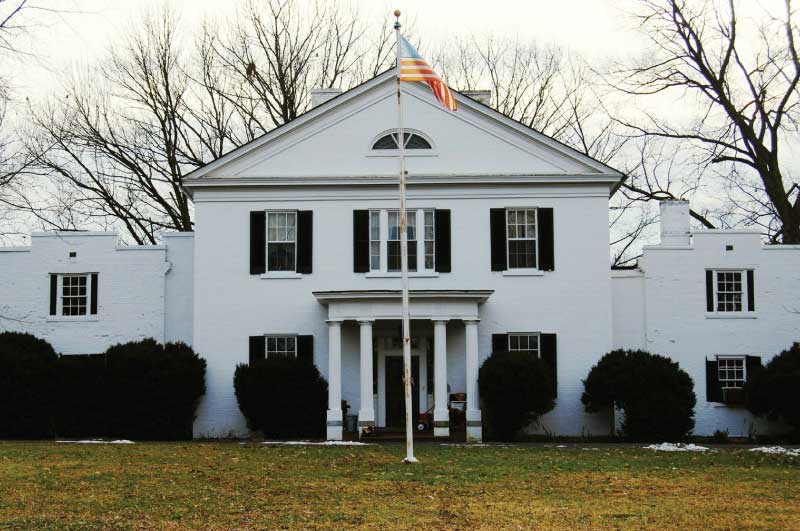

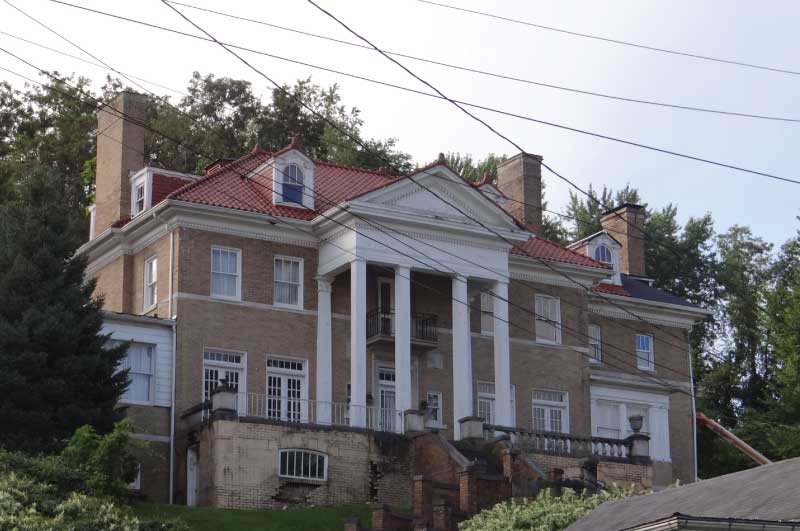
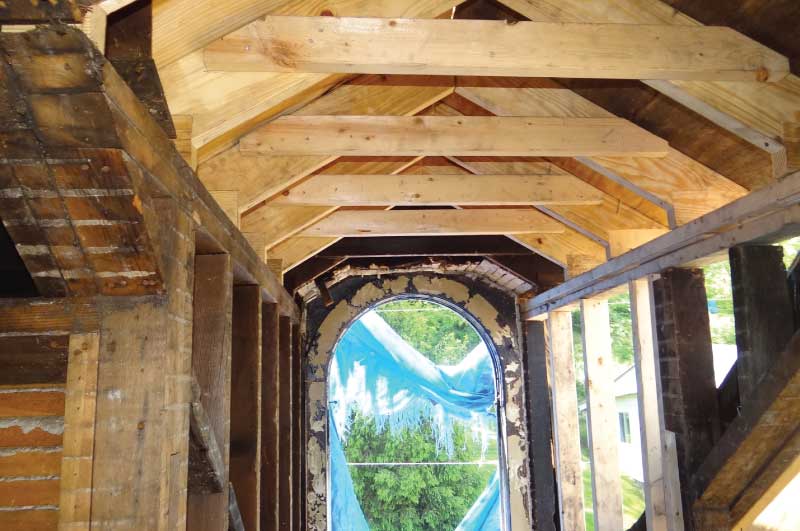
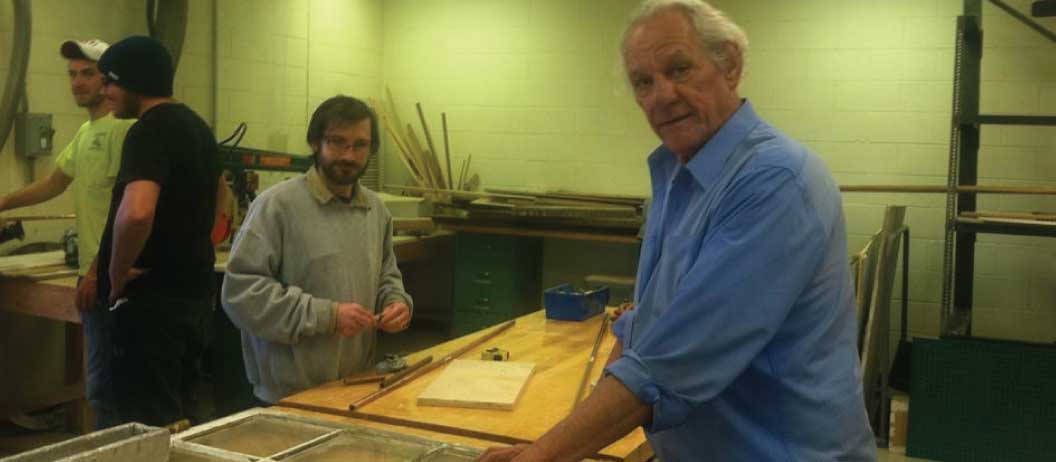
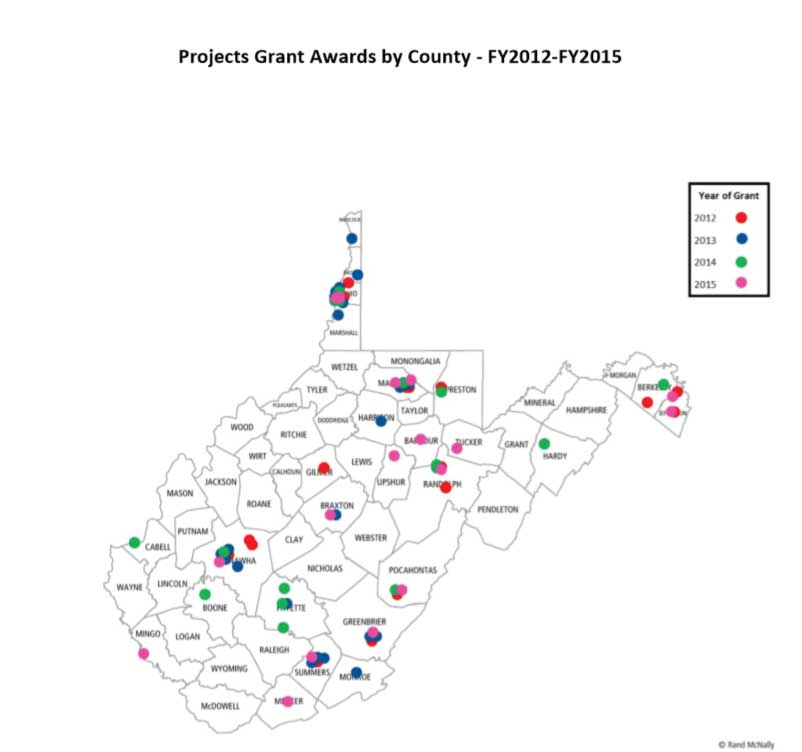
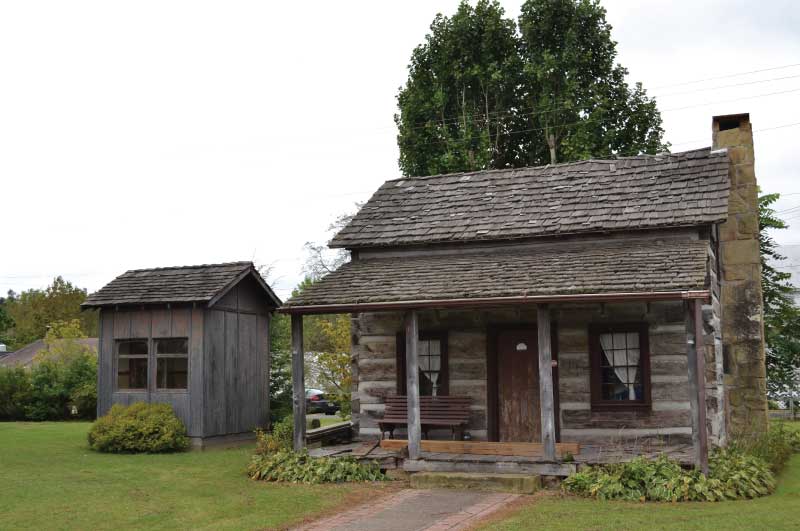
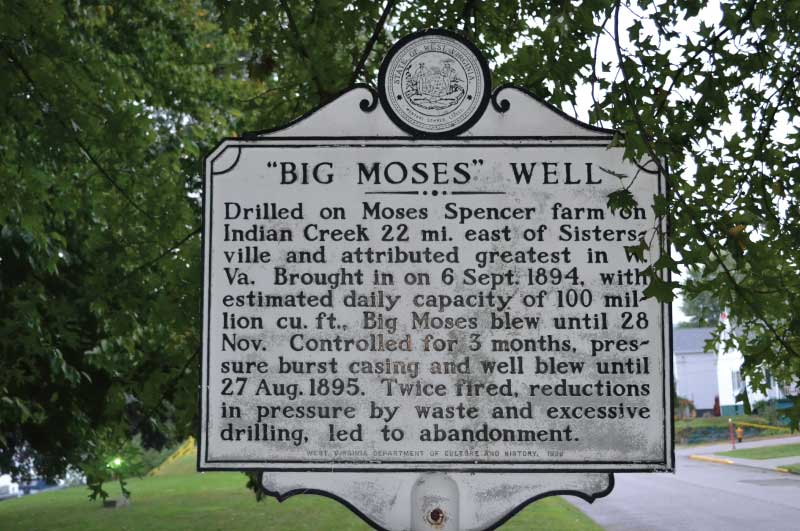
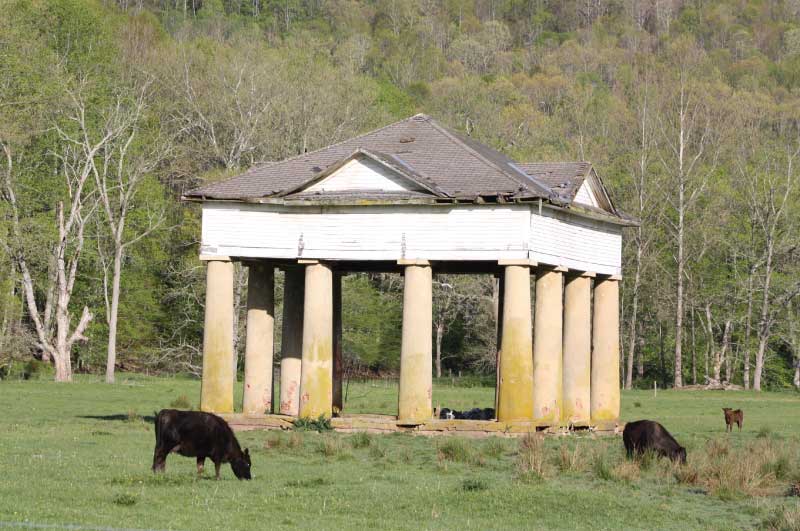
 RSS Feed
RSS Feed



